The past three months our world has gone through many trials and tribulations as survival was the main goal during our first pandemic of the twenty-first century. And as our country seems to be settling into a new normal an appalling act happens…police brutality. I have struggled with what to say and what to feel. This act of police brutality is nothing new, and it is nothing new on all people. Because I want to address the facts, I am going to break this up into sections. I am going to address law enforcement – specifically the bad but also the good. I will address race – and when I say that I want you to know I see all color!
Law Enforcement
Here is the issue with speaking out after the George Floyd death – this is more than a black man killed at the hands of white police officers. This is not just a race issue…only one short year ago a white man in Dallas was killed…a white man at the hands of bad police. I am not removing the fact that George Floyd is black, rather am showing that this is not just a race issue. There are multiple issues that need to be addressed when putting a microscope on the death of George Floyd and law enforcement.
So let’s get down and dirty here:
- There needs to be a better selection process when hiring law enforcement officers.
- For those law enforcement officers who are the right ones we need to have better education on mental health, on cultures, on different world views and we need to have a way to minister to law enforcement so that burnout and compassion fatigue do not occur causing good cops to turn bad.
- We need to recognize color – we are each different and there is nothing wrong with that.
- We need to recognize that there are issues surrounding the differences we have and the cultures that are part of that; to include that there is a disproportionately large amount of crime in the black/brown culture especially on each other.
- Lastly we as the citizens of the United States need to take responsibility to keep government officials and law enforcement accountable that not all of them are bad. We need to remember when we protest to do it responsibly and not violently or this happens:
These are just a few of the law enforcement departments that have felt the pain and loss of officers:
-A Las Vegas Metropolitan Police Officer was shot in the back of the head while struggling with a rioter
-An active shooter opened fire on law enforcement at a Las Vegas courthouse
-4 St. Louis Police Officers were shot by an active shooter
-A New York Police Officer was struck by a vehicle
-3 Buffalo law enforcement officers were struck by a vehicle in front of the police station
-3 Davenport law enforcement officers were ambushed and 1 was shot
-132 officers were injured in Chicago during a riot
-9 Pittsburg officers were injured by objects during a riot
-Several officers in Rhode Island were injured during riots
-An active shooter opened fire at the Oakland Police Department
-2 officers were struck in the head with projectiles in Santa Ana
-2 Richland officers were shot in Virginia
-1 officer was struck in the head by a brick in Albany
-4 Prince William County Police Officers sustained head injuries from projectiles
-7 officers were injured in Sacramento
-Several officers were shot at and injured in Lynchburg
-Several Champaign Police Officers were injured
-3 Oak Law Police Officers were injured
-21 officers were injured in Salt Lake City
-At least 50 Secret Service Agents were injured by Molotov cocktails in Washington
-3 Denver Police Officers were ran over by a vehicle
-33 New York Police Officers were injured during riots
-6 Athens Police Officers injured during a protest
-2 Capitol Police Officers were injured during a riot in Harrisburg
-12 Las Vegas Metropolitan Police Officers were injured during riots
-21 Minneapolis law enforcement officers injured in riots
-1 Federal Protective Services Officer was shot and killed!
For example, Nix would want numbers not only on how many times a police officer shoots their weapon, but every time they draw their gun. “You need a benchmark that says how often they were in certain circumstances where they could have shot but did not. That gets us closer to the likelihood of racial bias.” (Mock, 2019)
Race
“Racism is not a thing that white people can have and black people can’t. And nobody’s research would suggest that it does.” (Mock, 2019)
It is important to recognize why there is such an issue with race relations here in the United States and the reason that is being utilized for blaming problems in the Black and Brown community on White people.
Historical trauma is considered trauma that is perpetuated on multiple generations “experienced by a specific culture, racial or ethnical group” (“Trauma,” n.d.). Many would suggest that those black and brown people who succumb to historical trauma face further complications with the treatment of their trauma because they continue “to live among and with the perpetrators of their trauma, the United States Governments and its people” (Cash, 2016, p. 330). Historical trauma is a learned behavior that is handed down from one generation to the next but is not necessarily experienced firsthand, i.e. the Holocaust, slavery in the United States, Trail of Tears, etc. Historical trauma does lead to PTSD in around 14% of victims who have historical traumas; these are traumas that must be treated in a fashion that is different from other traumas. Historical trauma and PTSD, the treatments for them, how to treat those who fall victim to historical trauma, and a biblical view of historical trauma must be addressed in truth and love.
Different does not mean inferior! Currently, in the United States, there is a civil war that is being fought by what some define as an at-risk community: those that are black or brown-skinned. Because these people – who many do not know their cultural heritage – are choosing to claim historical trauma as a valid reason for their fight it is necessary to look at why they claim that and what led to such a claim.
The United States is estimated to have 331,002,651 people; 60.4% of those are white, 13.4% are black, with the remaining 26.2% being other races (“U.S. Census Bureau QuickFacts: the United States,” n.d.). The United States covers three point five million square miles, with a majority of the perceived white-skinned Americans living in states that are not on the oceanic borders. The history of the United States can trace its origins to 1587 when the first colony was established by the Kingdom of England. Those part of the original colonies came to the new land to escape religious persecution.
“Many consider a significant starting point to slavery in America to be 1619, when the privateer The White Lion brought 20 African slaves ashore in the British colony of Jamestown, Virginia. The crew had seized the Africans from the Portuguese slave ship Sao Jao Bautista” (History.com Editors, 2009). It is projected that during the 18th century those six to seven million slaves were imported to the American colonies from Africa. The idea of slavery does not start in the United States colonies, rather most slave traders were Africans who captured and sold men, women, and children from rival tribes to the Spanish, Portuguese, French and British (Sieff, 2018). Please note that when slavery first began in the colonies people of color could earn their freedom as Anthony Johnson (the first Black slave owner) did and in turn owned slaves until his death. But let this narration go further and show that slavery can trace its roots back long before the American colonies were even a dream…remember the Hebrew people were enslaved to the Egyptians. This narration is offered as an explanation of what many are considering current black and brown-skinned American citizens to be suffering from historical trauma and PTSD brought on by a systemic brand of slavery and discrimination.
Historical Trauma
“Historical trauma is cumulative and collective. The impact of this type of trauma manifests itself, emotionally and psychologically, in members of different cultural groups” (“How Being Trauma-Informed Improves Criminal Justice System Responses,” n.d.). Those who suffer from historical trauma may suffer from anxiety, depression, and PTSD as both direct survivors and the progeny of the event. This has been widely studied and for the longest period with survivors and the children from the Holocaust. According to Yael Danieli, PhD, co-founder, and director of the Group Project for Holocaust Survivors and Their Children in New York, there are four types of adaptive styles that have been observed of those who are victims both directly and indirectly of historical trauma to include the:
people who have difficulty moving on from the original trauma and are emotionally volatile and overprotective, and “numb,” those who are emotionally detached, intolerant of weakness in others and who maintain a “conspiracy of silence” within the family (DeAngelis, 2019).
Of the two described above, it can be suggested that those who utilize the excuse of slavery and the effects it has on those who came to this land as slaves over two hundred years ago are those who seem themselves as victims. The generation that is claiming historical trauma is nearly eighty years removed from the death of the last slave from Africa; in fact, the grandchildren of the last slave (Matilda McCrear) to be brought to America are in their late 80s and 90s. Her great-great-grandchildren speak not of a historical trauma rather pride and “create some personal pressure to persevere” (Diouf, 2020). This story of the McCrears/Crears as the author points out is a story of “tragedy and loss; of migrations, forced and voluntary; of strong family ties, determination and achievement” (2020). It is also a story that can represent the many African Americans who have overcome and not allowed a trauma to dictate their successes.
In the book Trauma and Human Rights: Integrating Approaches to Address Human Suffering the author shows that historical trauma is not just transmitted through “parental behaviors affected by PTSD and related symptomatology” but also because of ongoing structural violence (Butler et al., 2019, p. 17). For those who feel they are suffering from historical trauma, there is a way to look at it and understand the issues that have faced Native Americans, Holocaust survivors, African Americans, the poverty-stricken, and yes even victims of terrorism: it is called historical unresolved grief. This is a philosophical unresolved sorrow stemming from collective destructive injuries, aggravated by injunctions and intrusion in traditions and observances.
In Native Americans and African Americans, it can be seen that this historical trauma for those who do not seek treatment has distinct effects on the sympathetic nervous system and the endocrine system. Because of this those who experience historical trauma are more likely to have psychological distress, poor physical health, and higher suicide rates. Much of this is brought on because of internalized oppression (Panasiewicz, 2020, pp. 16-18). It can even be suggested that those who are not directly victims of the historical trauma are suffering from secondary trauma. In Holocaust Literature of the Second Generation the phrase “intergenerational transmission of trauma” is utilized to describe historical trauma. The author uses it as a way of explaining that cultures who suffer from historical culture due so as a means of cultural identity – descendants of the trauma are symbolic memorial candles that are expected to continue to carry on the hurt of their parents and grandparents rather than break free (Vaul-Grimwood & Le, 2007, pp. 7-10).
Biblical Worldview
My brother who is black, brown, white, yellow, or red is no different from me. “God created human beings in his image. In the image of God he created them; male and female he created them” Genesis 1.27 (NLT). The Bible was used as a tool for many to justify slavery and other acts of discrimination for many years, but as scholars of the Bible came forward it can be seen that God never intended those in slavery to be treated ill. In fact, throughout Exodus God lays out how slaves are to be treated: food is to be shared with them, if a slave marries a son she is to be a daughter, slaves are not to be beaten unless the owner faces punishment himself… The issue comes though that we are all a slave to something…”For you are a slave to whatever controls you” 2 Peter 2.19b (NLT). I would postulate that if we are allowing historical trauma to control us we are a slave to it. The Bible regularly uses the idea of slavery and being bound by hackles as imagery for all people to understand how sin harnesses the flesh. But just as the imagery of the slave is used so are verses like that found in Micah 6 where the Israelites use sacrifices and other religious rituals to appease Jehovah and Micah reminds the children of God that he wants them to have truly changed lives that reflect fairness, justice, mercy, and humility. “No, O people, the Lord has told you what is good, and this what he requires of you: to do what is right, to love mercy, and to walk humbly with your God” Micah 6.8 (NLT).
“The term trauma, meaning “wound,” comes from Greek antiquity. The range of meanings attested at the time includes being severely hurt, physical wounds, wounding, (military) defeat, and psychic wounds. Over the centuries, studies of trauma have been part of various disciplines: mental health fields, literature, and the arts as well as religion” (Guerrero, 2015).
Our wounds and how we treat one another can be traced back to original sin. When Adam and Even were removed from the garden because of their sin God said that while he forgave them, their disobedience led to a broken fellowship with Abba. This broken relationship can be seen throughout Genesis and throughout history as a result of this original sin. But oh how good Yahweh is…in Isaiah, we see even before Jesus walked the earth that he would be “pierced for our rebellion, crushed for our sins. He was beaten so we could be whole. He was whipped so we could be healed” 53.5 (NLT). Our wounds can be healed, and the generational sins and wounds passed down can be removed and healed as well. I am reminded as a Christian that no matter how bad I have been wounded, no matter how bad others may treat me that God has “plans for good and not for disaster, to give you a hope and a future” Jeremiah 29.11 (NLT).
Tomorrow as I walk amongst my brothers and sisters of different cultures, I will remember they are made in God’s image and I will love them no matter the hurt they carry. I will also not hate them because of their struggles and I will offer them the love of the Lord and understanding. I will also not be ashamed of who I am and where I have come from no matter what others may say.
References
Barlow, J. N. (2018). Restoring optimal Black mental health and reversing intergenerational trauma in an era of Black Lives Matter. Biography, 41(4), 895-908. https://doi.org/10.1353/bio.2018.0084
Butler, L. D., Critelli, F. M., & Carello, J. (Eds.). (2019). Trauma and human rights: Integrating approaches to address human suffering. Springer.
Cash, A. (2016). Wiley concise guides to mental health: Posttraumatic stress disorder. John Wiley & Sons.
DeAngelis, T. (2019, February). The legacy of trauma. https://www.apa.org. https://www.apa.org/monitor/2019/02/legacy-trauma
Diouf, S. A. (2020, March 27). The last slave ship survivor and her descendants identified. http://www.nationalgeographics.com. https://www.nationalgeographic.com/history/2020/03/last-slave-ship-survivor-descendants-identified/
Friedman, M. J. (2015). Posttraumatic and acute stress disorders. Springer.
Guerrero, C. (2015, October 14). Encountering trauma in the Bible. America: The Jesuit Review. https://www.americamagazine.org/faith/2015/10/14/encountering-trauma-bible
History.com Editors. (2009, November 12). Slavery in America. HISTORY. https://www.history.com/topics/black-history/slavery
Holder, M. R. (2015, August 13). Exploring the Potential Relationship between Historical Trauma and Intimate Partner Violence among Indigenous Women. Give the Gift of Education | American Indian College Fund. https://collegefund.org/wp-content/uploads/2019/12/Holder_Melissa_2015-Exploring-the-Potential-Relationship-Between-Historical-Trauma-and-Intimate-Partner-Violence-amoung-Indigenous-Women.pdf
How Being Trauma-Informed Improves Criminal Justice System Responses. (n.d.). Abbotsford Local Immigration Partnership | ALIP. https://www.abbotsfordlip.ca/files/File/resources/Historical%20Trauma%20Fact%20Sheet%20for%20APD%20Victim%20Services%202014.pdf
Mock, B. (2019, August 6). What New Research Says About Race and Police Shootings. Retrieved June 4, 2020, from https://www.citylab.com/equity/2019/08/police-officer-shootings-gun-violence-racial-bias-crime-data/595528/
Panasiewicz, M. (2020). Historical trauma and it’s effects. Tribal Law & Policy Institute.
Sieff, K. (2018, January 29). An African country reckons with its history of selling slaves. The Washington Post. https://www.washingtonpost.com/world/africa/an-african-country-reckons-with-its-history-of-selling-slaves/2018/01/29/5234f5aa-ff9a-11e7-86b9-8908743c79dd_story.html
Trauma. (n.d.). Administration for Children and Families. https://www.acf.hhs.gov/trauma-toolkit/trauma-concept
Tyndale. (2007). Genesis. In NLT study Bible (2nd ed.). Tyndale House Publishers.
U.S. Census Bureau QuickFacts: United States. (n.d.). Census Bureau QuickFacts. https://www.census.gov/quickfacts/fact/table/US/PST045219
Vaul-Grimwood, M., & Le, G. (2007). Introduction: Holocaust writing of the second generation. In Holocaust literature of the second generation (pp. 1-30). Macmillan.
What is PTSD? (2020). http://www.psychiatry.org. https://www.psychiatry.org/patients-families/ptsd/what-is-ptsd
Wilkins, E. J., Whiting, J. B., Watson, M. F., Russon, J. M., & Moncrief, A. M. (2012, October 27). Residual effects of slavery: What clinicians need to know. Springer. https://10.1007/s10591-012-9219-1
Williams-Washington, K. N., & Mills, C. P. (2018). African American historical trauma: Creating an inclusive measure. Journal of Multicultural Counseling and Development, 46(2), 246-263. https://doi.org/10.1002/jmcd.2018.46.issue-2




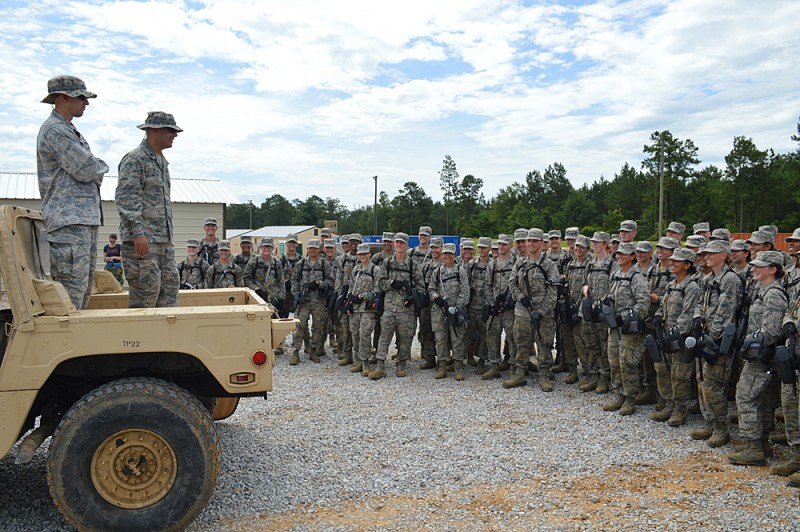 want to send them back where they may not now be allowed to join the Air Force because who knows if they can now pass a pulmonary function test because their lungs could have been damaged. And who knows what long term pulmonary issues they may have – who is gonna pay for that? Yep you guessed it right, they are up a creek without a paddle because the Air Force isn’t going to pay for it.
want to send them back where they may not now be allowed to join the Air Force because who knows if they can now pass a pulmonary function test because their lungs could have been damaged. And who knows what long term pulmonary issues they may have – who is gonna pay for that? Yep you guessed it right, they are up a creek without a paddle because the Air Force isn’t going to pay for it. .
.

 “In Flanders Fields”
“In Flanders Fields”

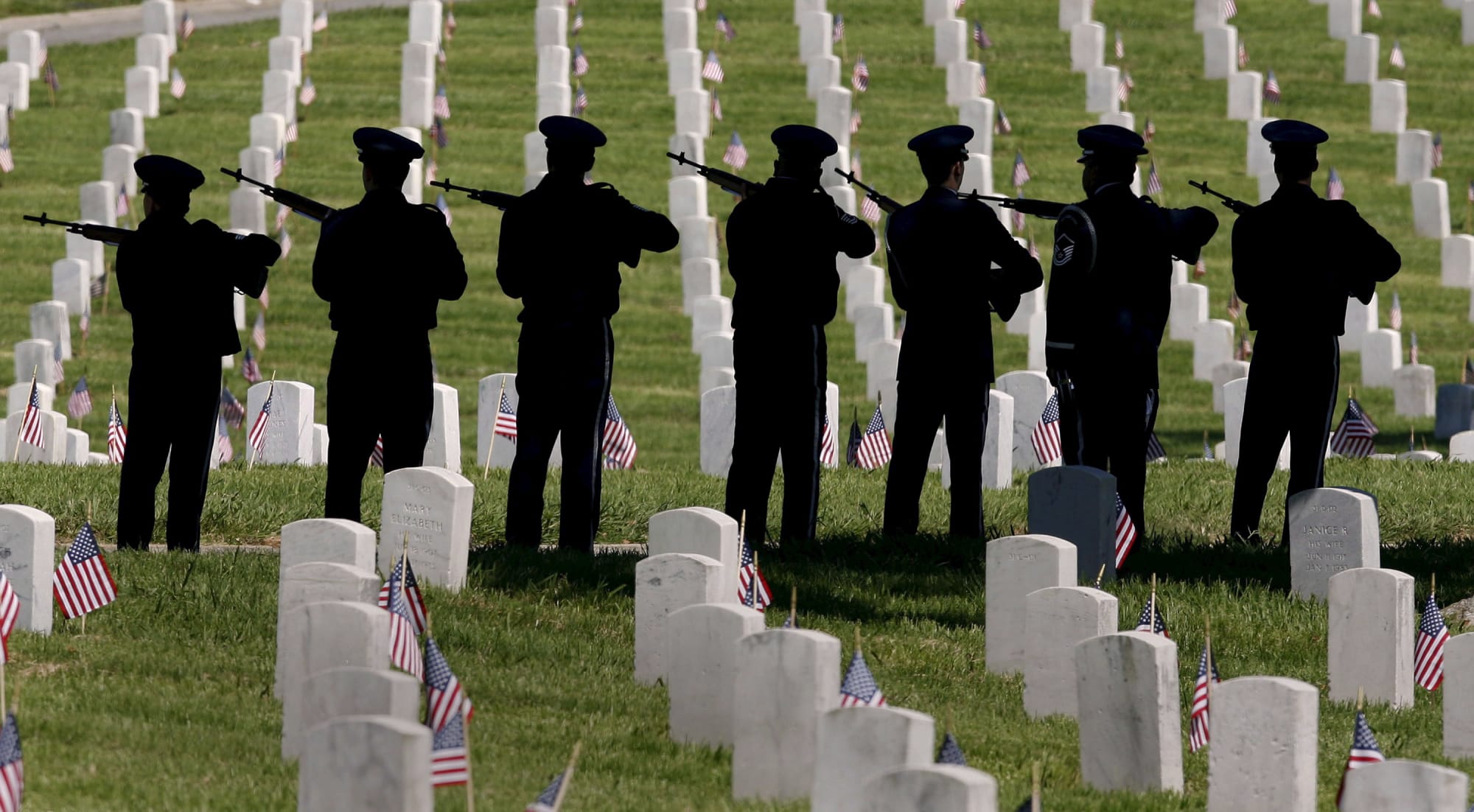

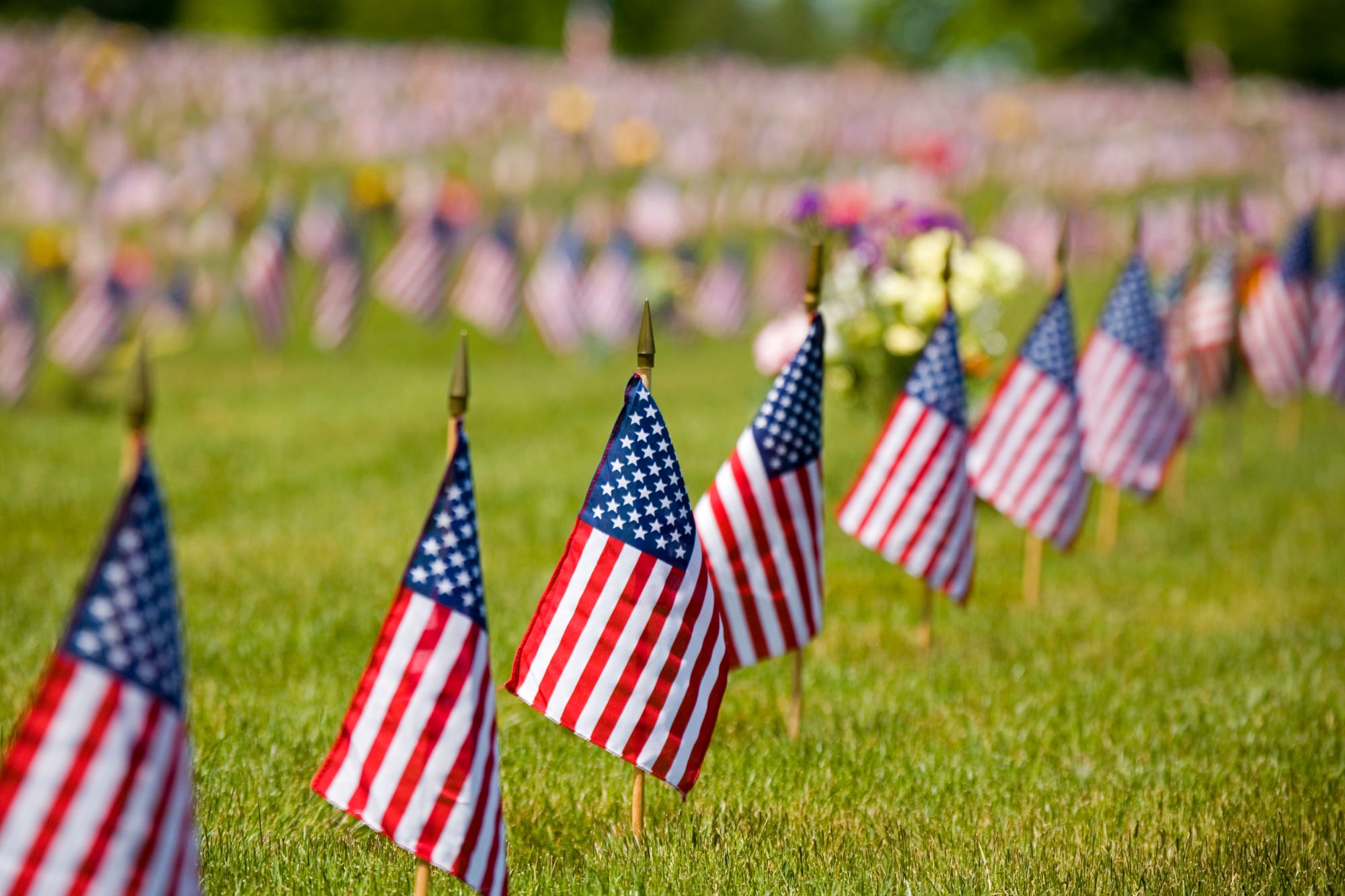

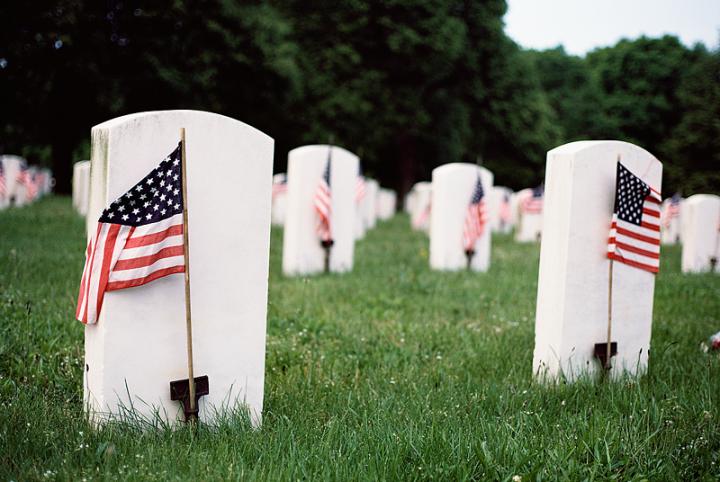



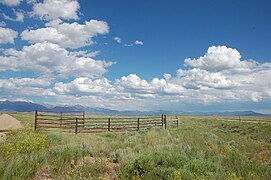
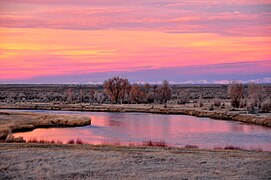






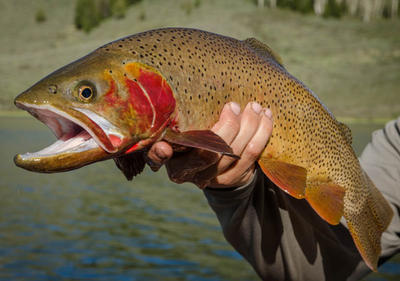
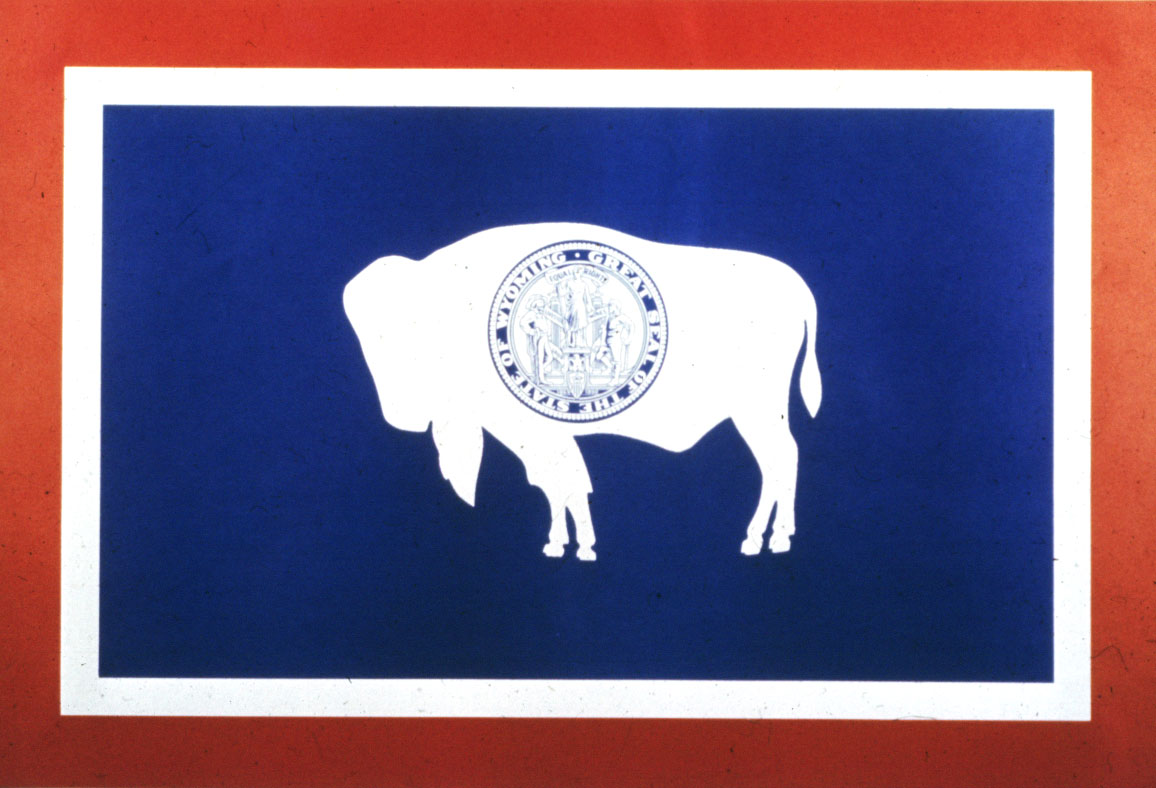
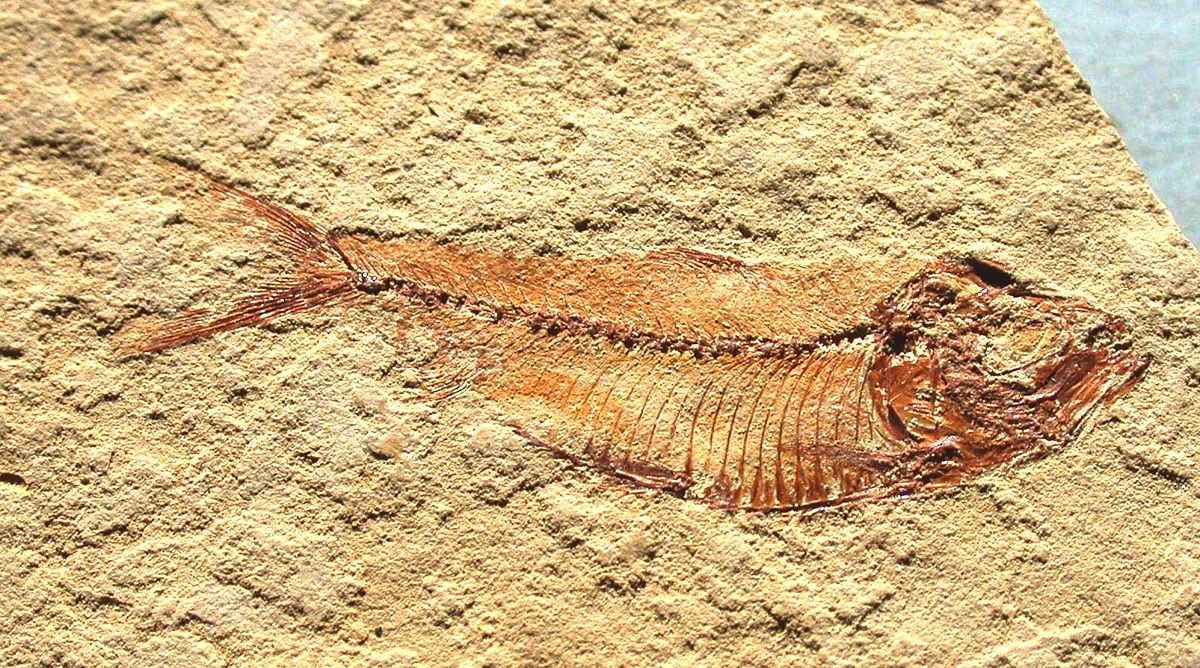

























 temperatures rose high enough to play a game of football outside. I love Wyoming and all the seasons that I can see in the course of days and even minutes.
temperatures rose high enough to play a game of football outside. I love Wyoming and all the seasons that I can see in the course of days and even minutes. my insurance no matter their educational or marital status.
my insurance no matter their educational or marital status.
 If you are an American you should know what this date is for!
If you are an American you should know what this date is for!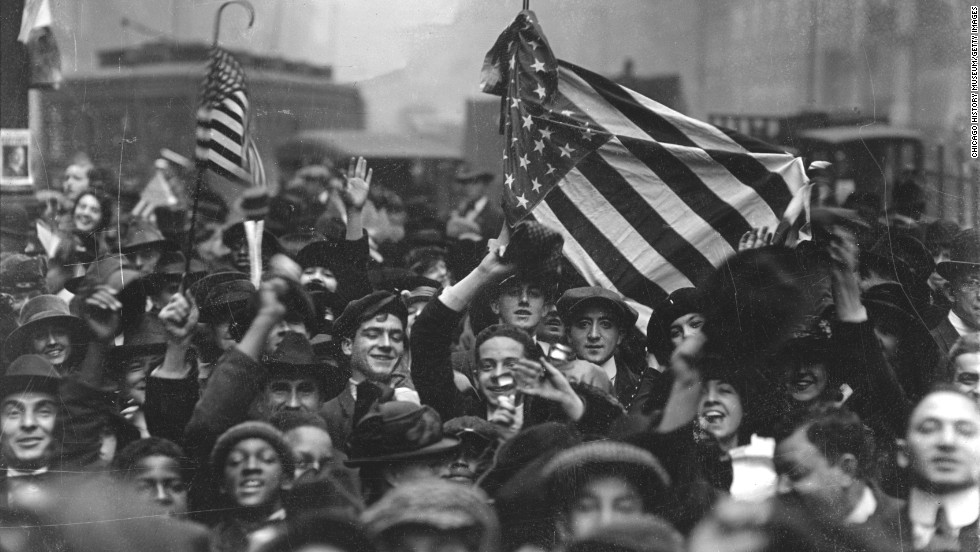 victory. We were able to bring the vast resources, material and moral, of a great and free people to the assistance of our associates in Europe who had suffered and sacrificed without limit in the cause for which we fought.
victory. We were able to bring the vast resources, material and moral, of a great and free people to the assistance of our associates in Europe who had suffered and sacrificed without limit in the cause for which we fought.





 A judge whether elected or appointed to a court in the United States of America is expected to deduce the law, evaluate evidence offered to them, regulate hearings and trials, and most importantly make “impartial decisions in the pursuit of justice” (Canadian Superior Courts Judges Association, 2006). The Canadian Superior Courts Judges Association clearly defines what a judge whether here in the United States, or abroad should do in their roll. The key item that they emphasized was to make impartial decisions. All persons whether judges, or plumbers are going to have personal opinions in regards to political matters, but judges when they are acting in a professional manner must display political neutrality. Ethically, if a judge is to remain impartial that means that they must refrain from addressing political matters, and it is reasonable for the public to expect that professionals elected or appointed into these positions can maintain a professionalism that allows for them to have their own personal opinions but to refrain from publicizing them publically or in their positions as judges.
A judge whether elected or appointed to a court in the United States of America is expected to deduce the law, evaluate evidence offered to them, regulate hearings and trials, and most importantly make “impartial decisions in the pursuit of justice” (Canadian Superior Courts Judges Association, 2006). The Canadian Superior Courts Judges Association clearly defines what a judge whether here in the United States, or abroad should do in their roll. The key item that they emphasized was to make impartial decisions. All persons whether judges, or plumbers are going to have personal opinions in regards to political matters, but judges when they are acting in a professional manner must display political neutrality. Ethically, if a judge is to remain impartial that means that they must refrain from addressing political matters, and it is reasonable for the public to expect that professionals elected or appointed into these positions can maintain a professionalism that allows for them to have their own personal opinions but to refrain from publicizing them publically or in their positions as judges.

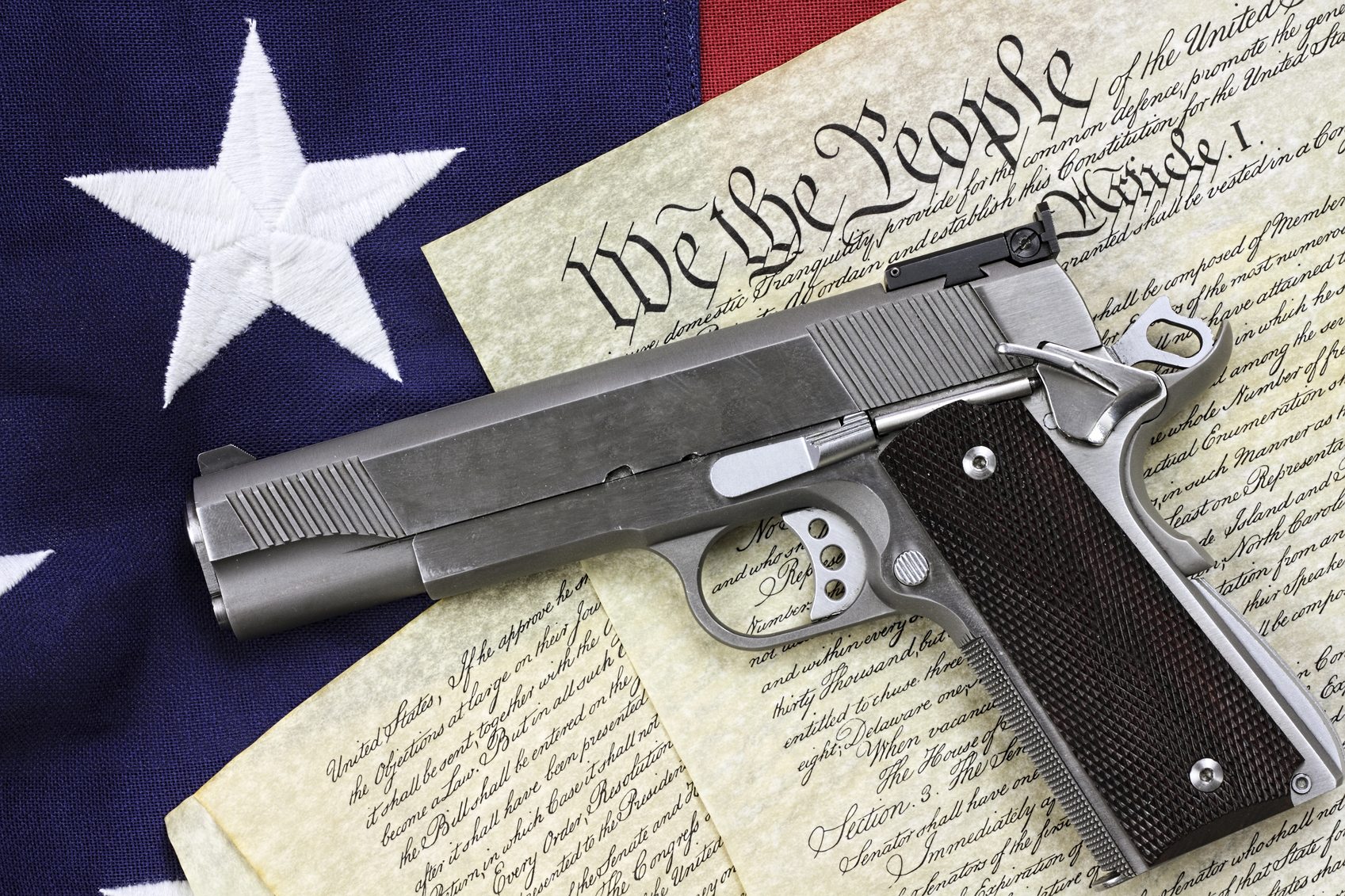 “One of the things I think we have to look at is the concept of opportunity cost in some of this, the idea that if you are devoting your resources to micromanaging honest citizens who happen to want to buy guns, you’re not spending your criminal justice resources going after professional criminals…is this the best use of our criminal justice resources, or should we be spending our resources on professional criminals who are repeat violent offenders, who use guns and who are the ones who drive up the homicide rate” (Holt, 2013, p. 28).
“One of the things I think we have to look at is the concept of opportunity cost in some of this, the idea that if you are devoting your resources to micromanaging honest citizens who happen to want to buy guns, you’re not spending your criminal justice resources going after professional criminals…is this the best use of our criminal justice resources, or should we be spending our resources on professional criminals who are repeat violent offenders, who use guns and who are the ones who drive up the homicide rate” (Holt, 2013, p. 28).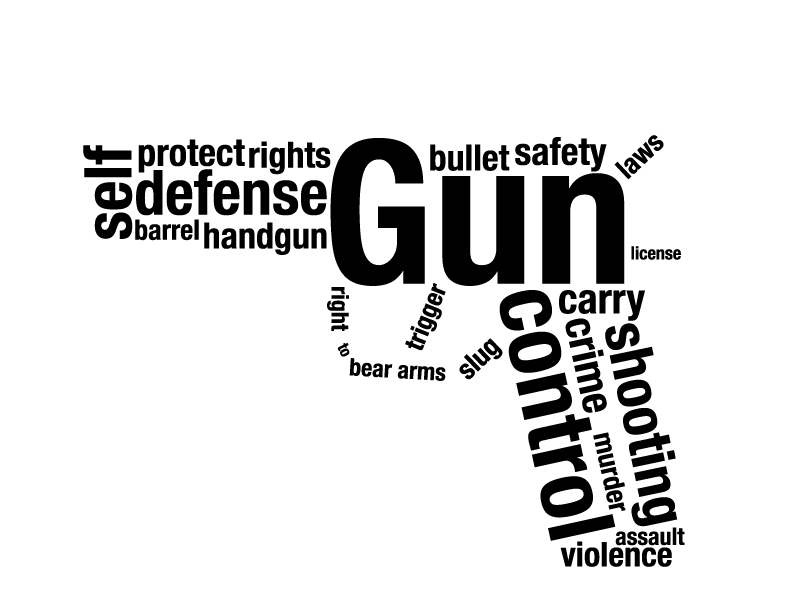 There is roughly 200 million guns or one gun for every adult in the United States (Worrall, 2014, p. 154). There have been many attempts both in the United States and in other countries like Great Britain, Australia, and Ireland to ban all firearms to citizens. While many would say success has been found in countries outside the United States at curbing violence by banning all firearms to citizens, then places like Great Britain are a total failure at defining success. In 2001 a study from Kings College London S. Centre for Defense Studies found that hand-gun related crime increased by nearly 40% in the 2 years following Great Britain’s ban (Kopel, 2015, p. 16). The Supreme Court of the United States states that the government has an obligation to not restrict Americans right to the Second Amendment but to allow those citizens to defend themselves, families, and property. This cannot be done if the political rhetoric is pushing gun bans on society (Solutions 2016, 2018, pg. 3). Solutions 2016 shows that:
There is roughly 200 million guns or one gun for every adult in the United States (Worrall, 2014, p. 154). There have been many attempts both in the United States and in other countries like Great Britain, Australia, and Ireland to ban all firearms to citizens. While many would say success has been found in countries outside the United States at curbing violence by banning all firearms to citizens, then places like Great Britain are a total failure at defining success. In 2001 a study from Kings College London S. Centre for Defense Studies found that hand-gun related crime increased by nearly 40% in the 2 years following Great Britain’s ban (Kopel, 2015, p. 16). The Supreme Court of the United States states that the government has an obligation to not restrict Americans right to the Second Amendment but to allow those citizens to defend themselves, families, and property. This cannot be done if the political rhetoric is pushing gun bans on society (Solutions 2016, 2018, pg. 3). Solutions 2016 shows that: